BRETT HAWKE’S BLOG
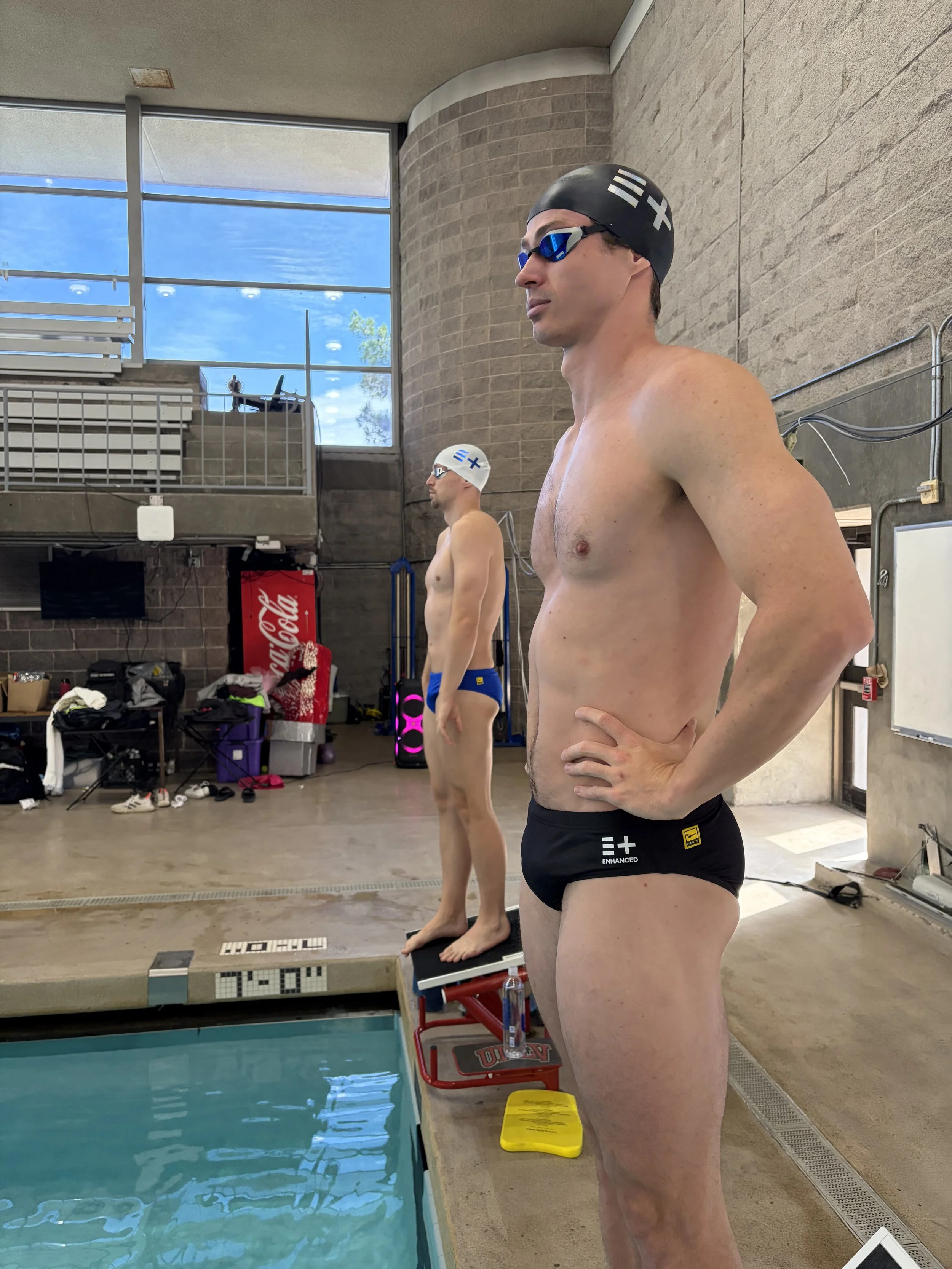
The Difference Between Needing Perfect Conditions Vs. Performing Under Any Condition
Every athlete has a relationship with conditions: the water, the warm-up, the atmosphere, the schedule, the stress. How you interpret those things can either limit you or free you.

Who Came Up With the 2 Hour Workouts for Swimmers?
Ask any swimmer anywhere in the world, “What does a normal practice look like?” They’ll all say the same thing. Two hours in the water. Warm up, main set, some pull, some kick, maybe a few sprints, then cool down. Two hours. That’s the gospel.
But here’s the real question. Who decided that two hours was the magic number?

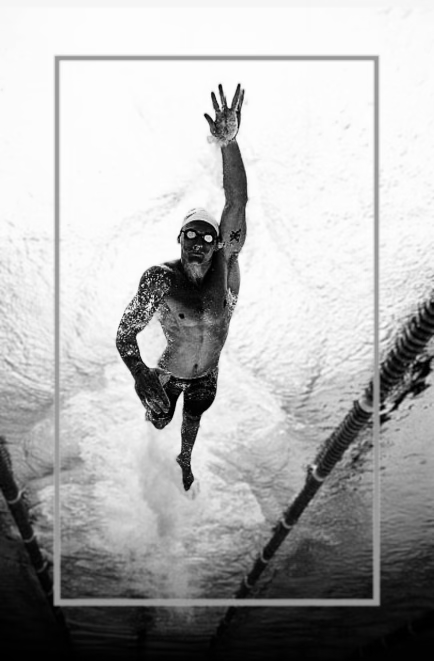
Why 50 Freestylers Hold Their Breath (and Should You?)
Watch a world class 50 free: Gkolomeev, Dressel, Proud and you’ll notice the same thing: they hold their breath the entire way. No breaths. No breaks. Just full-send power for 20–21 seconds. This isn’t a stylistic choice. It’s a race critical strategy backed by physiology, biomechanics, and hard earned experience. But why does it matter so much?
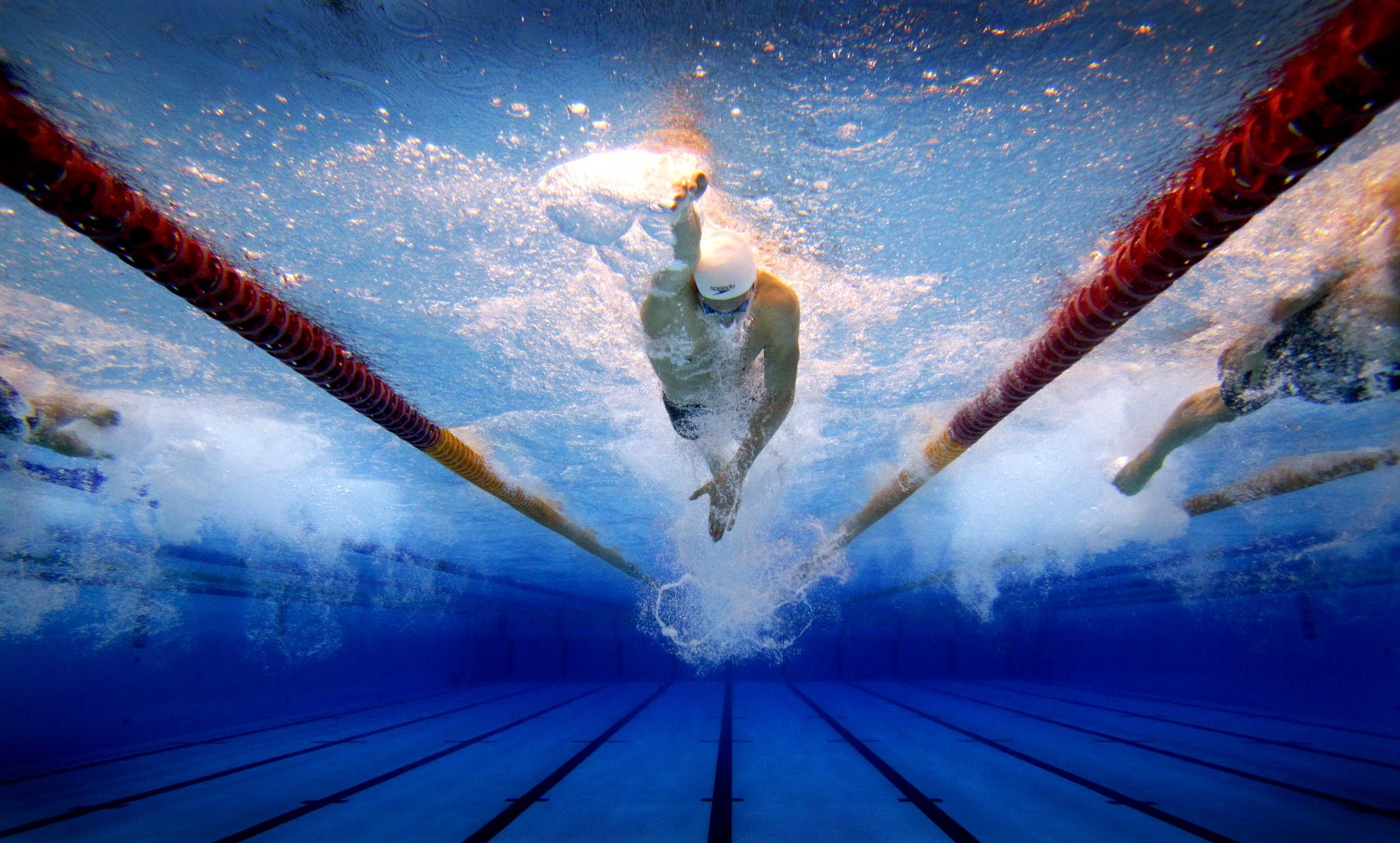
The Rise of the 50 Specialists in Swimming
Discover how elite swimmers are redefining sprint swimming by specializing in the 50 meter with unique training, physiology, and mindset.

Why Breaststroke Should Never Be Swum Slow
Maximize breaststroke speed and efficiency with elite-level techniques. Reduce drag, sharpen timing, and swim faster with these performance-driven tips.

It All Adds Up: Why Gym Work Should Count in Your Weekly Swim Load
It All Adds Up: Why Gym Work Should Count in Your Weekly Swim Load
One of the most common blind spots I see in swim coaching is the failure to include strength and conditioning sessions in the total training load. Coaches will carefully track every meter in the pool, logging aerobic, threshold, and race-pace efforts with precision. But then, when swimmers head to the gym, it’s as if those sessions exist in a vacuum—completely disconnected from the rest of the week’s work.
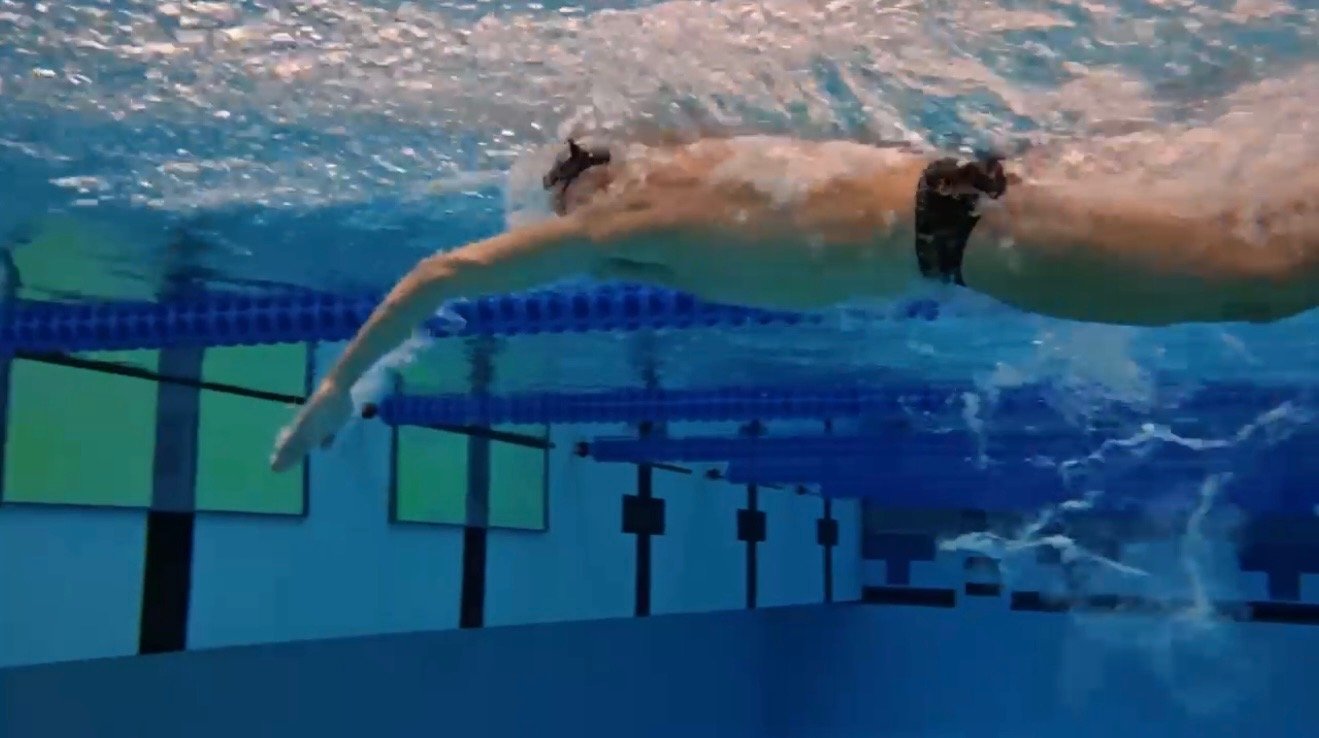
The Split Decision: Weighing Front-End Speed vs. Back-End Strength in the 100 Freestyle
When you’re targeting a world record in the men’s 100 freestyle, every decision you make around pacing carries consequences. It’s not enough to be fast, you have to be precise. You need the discipline to know exactly where your strengths lie and the courage to lean into them when it counts.

What do the three fastest swimmers in history have in common — Fred Bousquet, César Cielo, and Kristian Gkolomeev?
In each case, I set the table, and they ate. Their greatness wasn’t something I forced. It was already there. My role was to build the right environment and then get out of the way.

Why I Don’t Use a Pull Buoy in Sprint Training
Why I Don’t Use a Pull Buoy in Sprint Training:
The truth is, I don’t like using a pull buoy. I don’t use it with my sprinters, and I don’t think it belongs in a serious sprint program. Why? Because it teaches the wrong body position, turns off the legs, and disconnects the swimmer from the integrated system they actually race with.

Enhanced Games
The Enhanced Games are about safely expanding the limits of human performance using cutting-edge science and medicine. We’re not here to play pretend about what's already happening behind the scenes in elite sport. We’re here to be honest, transparent, and bold about what it actually takes to be the fastest human alive.

A Victory for Sprinters Everywhere: 50s of Stroke Added to the 2028 Olympics
Today is a great day for sprinting. The 50s of backstroke, breaststroke, and butterfly will now stand on the Olympic stage where they belong. For the young sprinter with a dream, for the world-class athlete who’s mastered one lap of brilliance, this changes everything.
We’re proud to say Sprint Revolution helped make this happen. And we’re just getting started.

How to Swim Faster: 9 Key Metrics Sprint Swimmers Should Monitor
Want to swim faster sprints? Discover the 9 essential performance metrics sprint swimmers must track to improve starts, stroke technique, turns, and race-day readiness.

Resistance Equipment + Benefits
Resistance equipment in swimming helps improve strength, endurance, technique, and overall performance by increasing the difficulty of movements in the water. Here are some common types of resistance equipment and their benefits.

Why Sprint Swimmers Should Be Training with Sprint Revolution Swim Parachutes
If you want to develop the kind of power, control, and efficiency that wins races, Sprint Revolution swim parachutes are tools you need to have in your training routine. These aren’t just about making you work harder—they’re about making you work smarter by targeting the key areas that drive performance in sprint swimming. Here’s how they’ll improve your breakouts, underwaters, and power in your stroke.

Why Power Sox work?!
Why Power Sox work?!
When we’re talking about maximizing sprint performance, the Sprint Revolution Power Sox—both large and small—are like secret weapons for the water. They’re not just tools for adding resistance; they’re precision instruments designed to fine-tune your power, propulsion, and technique. Let me break it down scientifically and practically, so you can see why they should be a staple in any sprint program.

The Importance of Kicking
A powerful kick is crucial for sprint swimming. The kick should be fast and narrow, with the majority of the movement coming from the hips. The ankles should be flexible, allowing for a strong whip-like motion.

Overeating and Overtraining: Two Sides of the Same Coin
Let's get into something that might not seem obvious at first, but trust me, it can make or break your performance in the pool—overeating and overtraining. You might be thinking, "Brett, what does eating too much and training too much have in common?" Well, more than you’d think. Both involve going overboard, whether it’s stuffing yourself with too many empty calories or grinding out too many meters in the pool. And let me tell you, both can drag you down if you’re not careful.

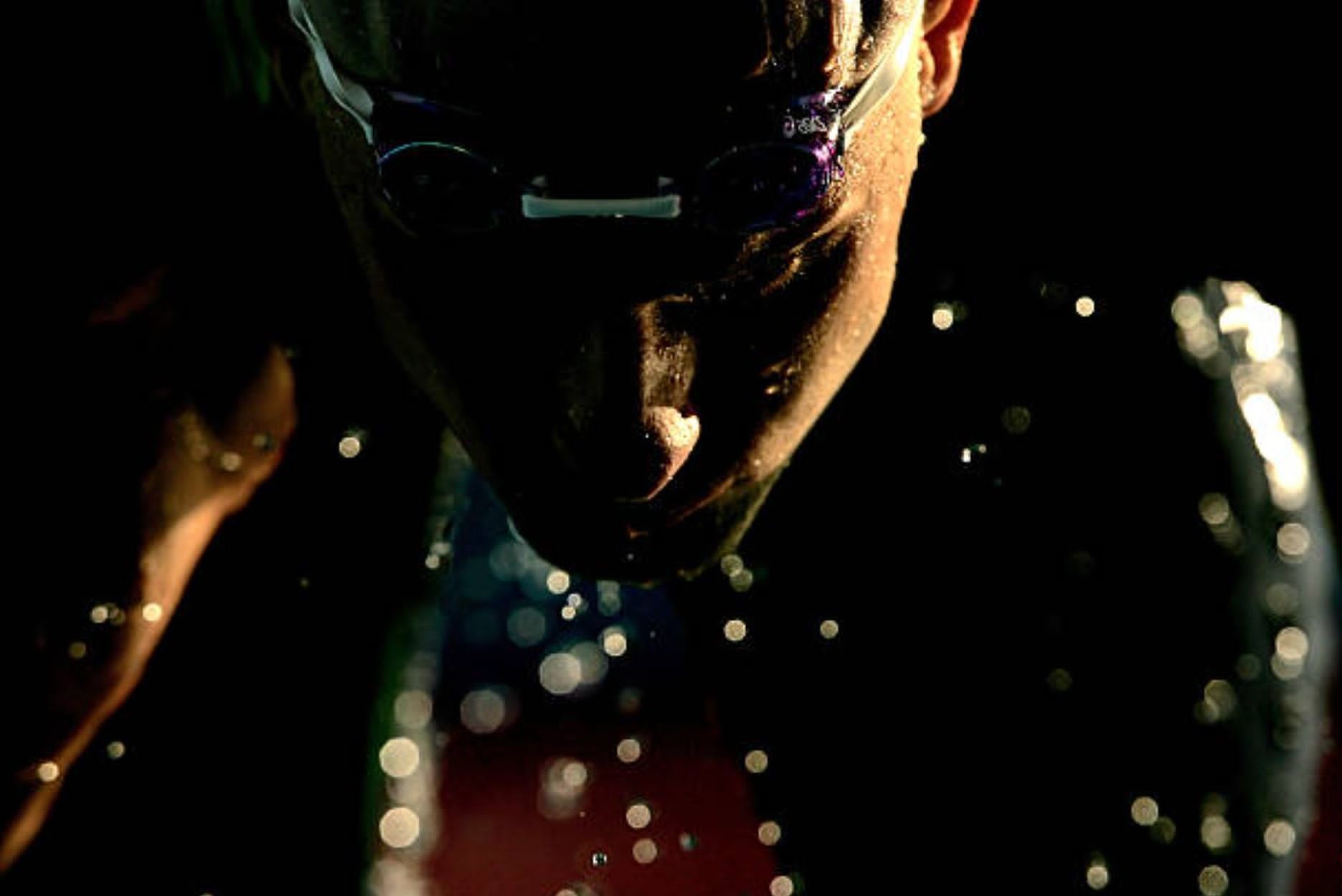
Keeping the Spark Alive: How to Combat Losing Motivation in Swimming
During my career as an Olympic swimmer, there was a period when I struggled deeply with motivation. It’s not something that’s often talked about at the elite levels of sport, where the prevailing narrative is all about persistence and pushing through barriers. Yet, there I was, feeling completely disconnected from the sport that had defined my life.
